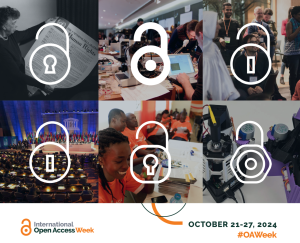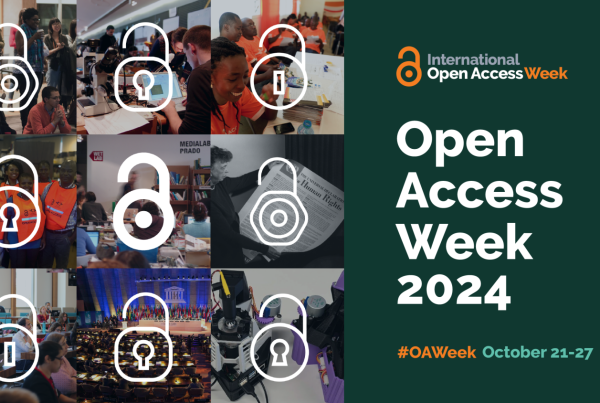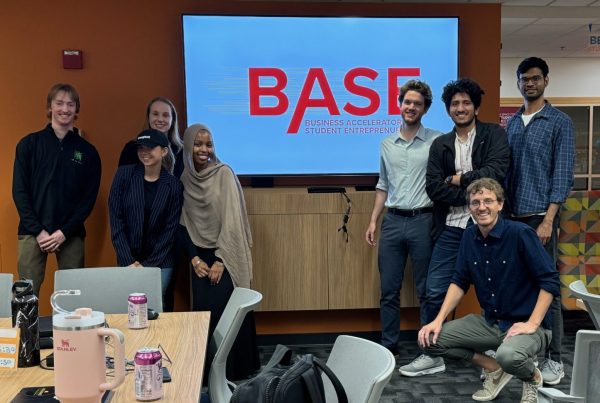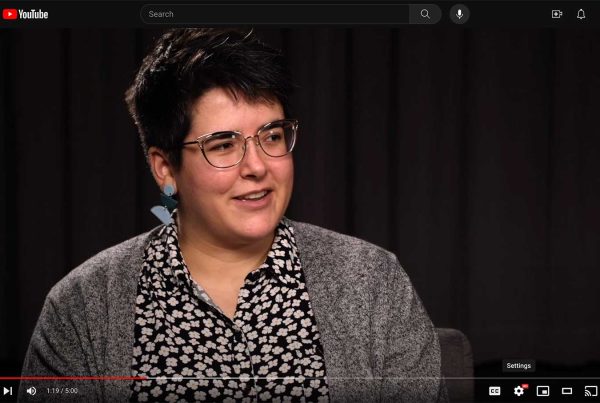We hope you’ve been enjoying OA Week and have learned a lot—now you’re ready to celebrate OA all throughout the year!
Day 5: OA Week wrap-up—it’s your work, you want people to read it, and you should own it!
Routes to making your work open access can seem complicated and arcane. Publishers can help you navigate them; however, this often comes with a steep price.
Article processing charges, or APCs, can cover more than just bringing out your article from behind a paywall. In some cases, publishers make it easier for authors to comply with their funder’s rules by automatically depositing your article in the required repository .
But while your funder might require you to deposit your work in a specific repository, your funder does not require your publisher to be the one to deposit your work. You may also manually deposit your own work instead, for free.
For some people, getting back the time it takes to submit a form might be worth it—and that’s okay! But we’re confident that researchers (like you!) can think of other, better ways to spend thousands of dollars instead of on open access fees. And by the end of today, we hope you will have enough information readily available to feel like you could successfully deposit your work on your own.
Daily to-do: If you have a current federal grant or are applying for a grant, identify the funder’s required repository and review the process for depositing your work manually. Add that information to the “Repositories” section of your document.
Step one: Figure out which repository where you may be required to deposit your work
This may be something you already know from Monday’s research on repository options or from yesterday’s research on funder open access policies.
If not, start with the Libraries website, which has compiled a table of the repositories associated with each federal agency’s public access policies. Several major private grantmaking organizations like the Bill & Melinda Gates Foundation, the Howard Hughes Medical Institute, and the Simmons Foundation are also listed! But don’t forget to check your grant details, we do not know the requirements of every grant and every funder.
Step two: Find the instructions for your required repository
A few instruction pages and submission forms are linked below. But keep in mind: links can change and break over time, and you should always confirm the terms of your actual grant! If you need assistance determining whether your research is subject to an agency’s public access policy, contact your department’s grants administrator, the Scholarly Communications Librarian, the librarian for your subject or department and/or the Sponsored Project Administration.
- For instructions about submitting your manuscript to PubMed Central, refer to the NIH’s website.
- For instructions about submitting your manuscript to ERIC, refer to the repository’s website and its submission FAQ page.
- For instructions about submitting your manuscript for indexing in the National Transportation Library, refer to this submission form.
- For instructions about submitting your manuscript to NASA’s PubSpace, consult this website, which includes a link to a submission form that external NASA grantees may use as well as information for NASA contractors.
- To deposit papers to the NSF Public Access Repository, login to http://www.research.gov/ and select the ‘deposit publication (NSF-PAR)’ link on the ‘My Desktop’ screen of Research.gov. Step-by-step instructions are also available without a login here.
Remember, you can also still consider depositing your work in the UDC!
Step three: Identify places you can go for help
Now that you’ve found the repository you’re required to use and the instructions to use it, ask yourself if it makes sense. Do you think you could use these instructions to deposit your work in the future?
Regardless of the answer to that question, it may be wise to keep the contact information for the repository you’ll be required to use on hand. Many make contact information for technical support staff available on the repository’s website; try to locate and save that information under “Repositories” in your open access reference document for the next time you need to make a publication open access.
Congratulations! We hope you feel equipped to make your work more openly available for everyone to read and learn.
Happy Open Access Week!
See the rest of our OA Week 2024 posts:
Day 3:




